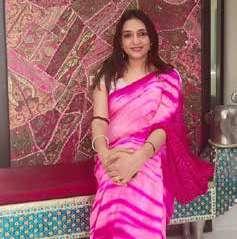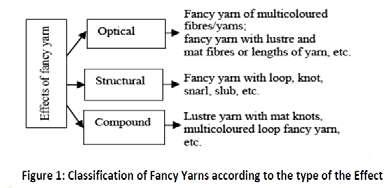VOLUME 9 | ISSUE NO. 7 | RS 100 | Pages 70 ISSN NO : 2278-8972 |RNI NO : MAHENG/2012/43707
JUly 2021
the design legacy
PEER REVIEW PAPER :
EVENT UPDATE :
MARKET REPORT :
www.textilevaluechain.in Postal registration No. MNE/346/2021-23, posted at Mumbai Patrika Channel sorting office, Pantnagar, Ghatkopar( East), Mumbai - 400075 Posting date is end of month ( 29th/ 30th / 31st )



















